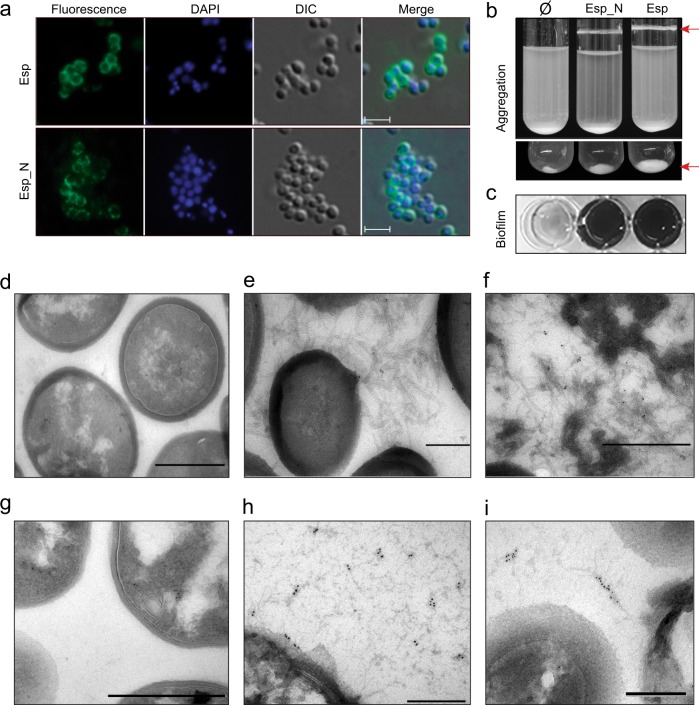Fig. 6. Expression of Esp N-terminal region is sufficient to mediate biofilm phenotype in a heterologous strain.
a Inmunofluorescence showing surface localization of Esp. Bacteria were fixed and labeled with anti-Esp antibodies and DAPI. Scale bars represent 3 µm. b S. aureus Δbap expressing chimeric N-terminal domain of Esp (Esp_N) or the entire protein (Esp) forms bacterial clumps (arrows) in overnight cultures grown in TSB-gluc under shaken conditions (200 rpm) at 37 °C. Ø refers to cells complemented with pCN51 empty plasmid. Images of the bottom part of the tubes are shown (bottom panel). c Biofilm formation of S. aureus Δbap cells that express the N-terminal domain of Esp (Esp_N) or the full protein (Esp). For biofilm formation, bacteria were cultured overnight at 37 °C in microtiter plates under static conditions. Electron micrographs of negatively stained S. aureus Δbap d and S. aureus Δbap expressing Esp_N e. f Immunogold-labeled samples of fibers formed by amyloid Esp_N. h, i Immunogold-labeled electron micrographs of E. faecalis 11279 (Esp positive) and its derivative Esp mutant g. Scale bar of panels d, f, g represents 500 nm. Scale bar of panels e, h, i represents 200 nm.

